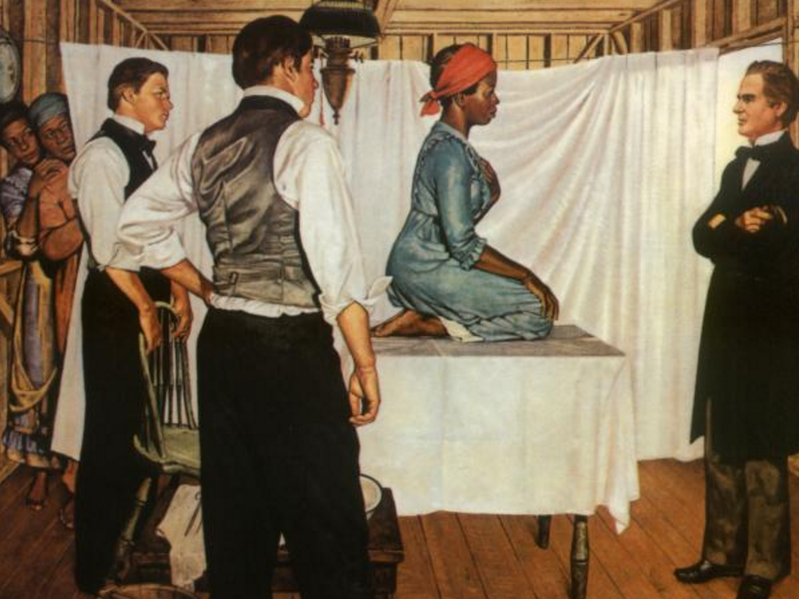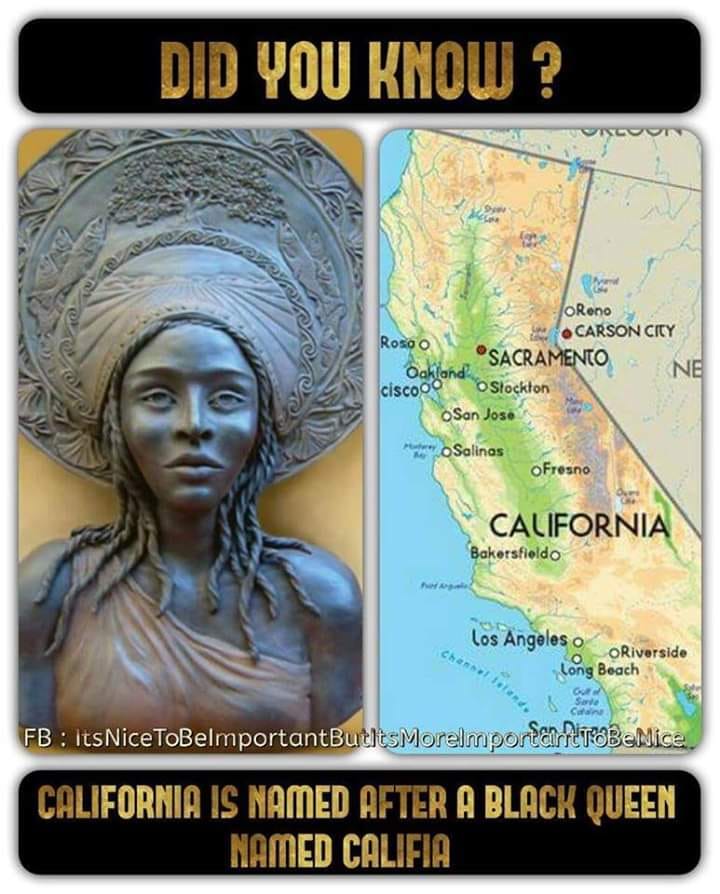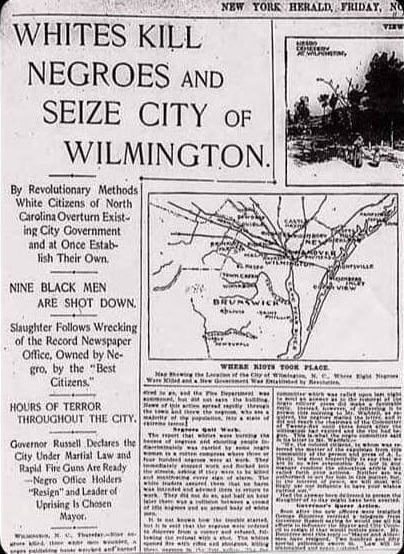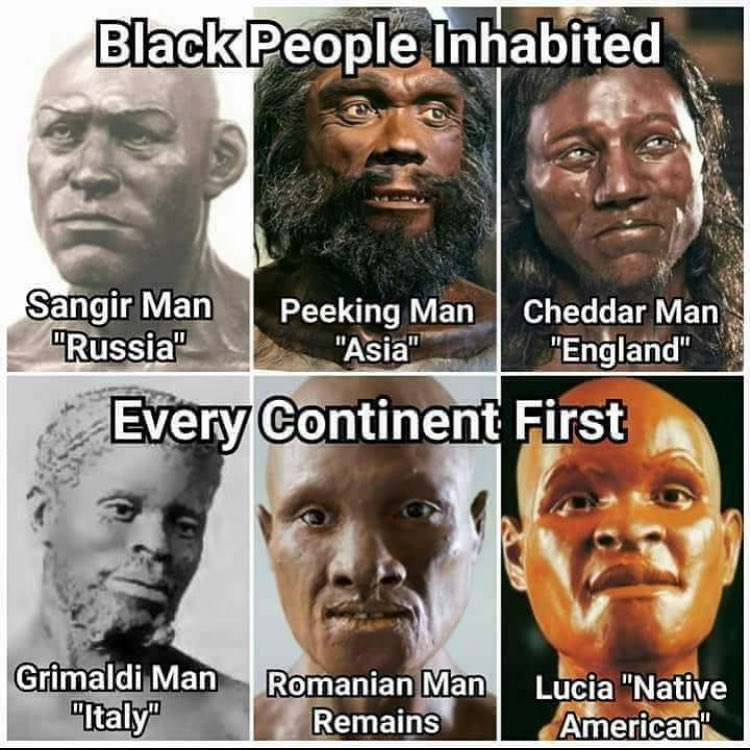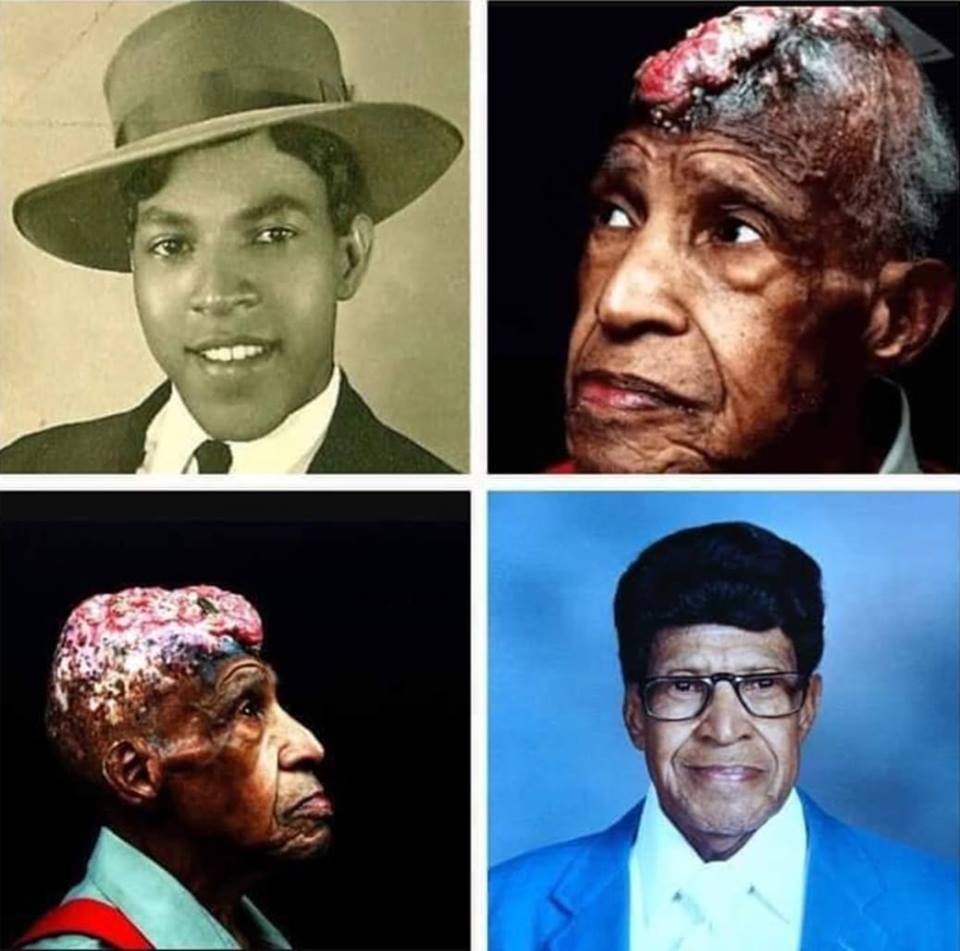Those Aryan devils were doing it long before the advent of Islam.
Eunuchs and Ghilman in The Islamic Empire.
Posted on
August 20, 2013
One of the first things we learn of when we study history books, is the British Empire and the heinous atrocities committed in the course of the British Empire colonising far away lands, people and cultures. We learn about the Aboriginal people of Canada, Australia and America who were brutally forced to give up their cultures, religions, languages, names, vast resources and indigenous identities, to the European bloc of invaders who established a strange foreign rule that terrorised the Natives beyond bounds. We learn about the Atlantic slave trade and the grave crimes committed against the subjugated black African people.But we hardly ever learn about the heinous crimes perpetuated by the Islamic Empire. We hardly ever learn about the Islamic slave trade, which was extensively more atrocious than the Atlantic slave trade in that it was more profitable, affected a wider demography of indigenous peoples, and went on longer! What’s more, slavery in Islam exists till this very day, and is afforded legitimacy by the unchanging divine Islamic text.
One of the reasons why slave trade is considered an extremely contemptible practice in the modern world is – asides from the obvious dehumanisation of social status it immediately relegates its victims to, and the curbing of natural human rights – it ushers in contemptible social ills such as sex trafficking and male castration on a grand commercial scale! The unprecedented pan-continental economic success of raiding infidel communities and enslaving war captives was exclusive to Islamic culture, under the Islamic Empire. Naturally, it gave way to the demand for Eunuchs. Eunuchs were the preferred male slave choice for consumers, because they posed lesser security risks at the harems, in the palace and in the domestic affairs of ordinary Muslims.
Eunuchs were plentiful in the Islamic Empire. Muslim rulers, who ruled under the authority of Caliphs, purchased and had slaves from Persia, the Indian subcontinent, Europe, Africa and beyond, in vast quantities in their palaces. Ordinary Muslims outside the royal class also had male slaves who were castrated specially for their service.
Many Islamic commentators, politicians, scholars and ordinary Muslims often argue that Eunuchs predate Islam and that the castration of slaves goes against Islamic doctrine itself, as Islam prohibits body mutilation. It is true that castration of slaves is not an Islamic teaching and that rather than engage in the castrations themselves, Muslim merchants had other people to do it for them (discussed further below). It is also true that Greeks for example, as well as other people outside of Arabia were castrating slaves unjustly before the advent of Islam. Islam however does not view slavery or slave trade through an abominable lens, as other legislature adopted by other cultures have come to. Muslims are encouraged to treat their slaves fairly and to go as far as manumitting them on certain occasions, but they are not once commanded to do so. There is also the instance of a Muslim being instructed to free a slave as punishment for (a Muslim’s) involuntary manslaughter of another Muslim (not the ***** or slave), but for the most part Manumission in Islam is something a Muslim should do only if he feels in his heart to do it. It is an indisputable fact that there is no compulsion from Allah to manumit slaves. Muhammad himself freed some slaves, while enslaving others simultaneously. It would be needless perhaps, to draw attention to this debacle were it not for reoccurring reports of slavery still being widely practised today in the Islamic world (Mauritania, Sudan, Saudi Arabia). There are also calls from everyday Muslims, to re-establish Khilafa – a global empire based on the very Islamic jurisprudence that institutionalises slavery and other ills associated with it such as sex trafficking and male castration.
The British Empire, in spite of its atrocities, had a conscience. It allowed room for a vigorous abolitionist movement started by William Wilberforce in 1787, whose ideas of granting equal constitutional rights to slaves, took flight all over the Empire. Many English people at the time viewed slavery with contempt and wanted the practice to be abolished completely. They wanted the establishment to utilise its influence to promote this egalitarian ideal throughout the Empire and in the Americas, to ensure that those found transgressing were severely punished. It took a few decades but eventually the policy was implemented and all slaves were by law released from their owners. In stark contrast, there is no abolitionist movement in Islam. There is no Islamic scholar, leader or politician publicly advocating a defiance of the Prophetic Traditions (Muhammad’s life and his examples) of: enslaving war captives, selling them off for profit, and reducing them to sex slaves. This institution which gives way to the ensuing ill of castrating slaves for the purpose of service to Muslims – Muslim comfort and security – is not actively condemned by Muslims. Attempting to abolish this kind of thinking in Islam meets fierce resistance from fundamentalist Muslims, as it is in stark contrast to the thinking certified by Islamic doctrine and the Prophetic Traditions. Heretic Muslims who find themselves stuck in a clash of civilisations and try to promote abolitionism in Islam do not do so without being considered apostates or infidels by the larger Muslim community under the herd of fundamentalists. This practice of castrating male captives, which was prominent in the Islamic Empire until the neutralisation of Ottoman rule (by the West), is discussed in M. A. Khan’s book:
Islamic Jihad: A Legacy of Imperialism, Forced Conversion and Slavery. In the excerpt below titled
Eunuchs and Ghilman taken from chapter VII, M. A. Khan attributes prevalent male castration to Muslim demand, which was in turn fuelled by three primary factors in the Islamic Empire.
With no Islamic abolitionist movement in tow, the industrial institution of slavery exist today in 2013, in the Islamic republic of Mauritania, Sudan and various parts of the Muslim world. In truth, the subject of slavery in Islam is an exiguously studied subject.
©2013. Secular African Society. All Rights Reserved.
EUNUCHS AND GHILMAN
Another extremely cruel, dehumanizing and degrading aspect of Islamic slavery was the large-scale castration of male captives. It has received little attention of critics and historians. Historically, castration did receive little opposition in the Muslim world well into the modern age. But Muslims normally engaged Jews or other non-Muslims to perform the operation on the argument that mutilation of human bodies was prohibited in Islam. (This is hypocritical in the least, since beheading of totally innocent people in large numbers has been a common practice right from the days of the Prophet, while amputation of hands and legs are divine Islamic punishment for certain crimes.) Yet, the employment of eunuchs is clearly sanctioned by Allah, as the Quran instructs Muslim women to cover their body and ornaments with cloaks except
‘to their husbands or their fathers, or the fathers of their husbands, or their sons, or the sons of their husbands, or their brothers, or their brothers’ sons, or their sisters’ sons, or their women, or those whom their right hands possess, or the male servants not having need (of women)…’ [Quran 24:31]. Prophet Muhammad had himself accepted a eunuch as gift, says a hadith, which has been excluded from canonical collections.845
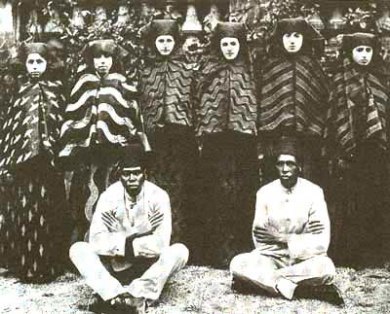
Two African eunuchs and six concubines of an Ottoman sultan, as recently as 1929
Castrated males, normally young handsome boys, were in great demands amongst Muslim rulers and elites mainly for three reasons. First, Muslim harems and households used to have a few to thousands of wives and concubines. Naturally, most of these women were left sexually unsatisfied as well as jealous and indignant about sharing their husbands and masters with so many women. Keeping male slaves in such palaces and households was a cause of concern for the husband and master, because those sexually unsatisfied and often indignant women could be tempted into sexual contact with the male-slaves. Attraction of harem women to other men was rather common. For example, when Pellow, not a eunuch, was surprisingly placed as a harem-guard by Moulay Ismail upon a request from one of his favourite wives, his wives showed amorous interest in him. Aware of the consequence of such a tango if the sultan found out, ‘‘
I thought it highly prudent to keep a very strict guard upon all my actions,’’ wrote Pellow.846
It was, therefore, safer for masters—particularly the rulers and high officials, who kept large harem—to keep eunuchs, instead of virile men, in their households and palaces. It is no wonder that the term
harem originated from
haram, meaning prohibited—more specifically, “out of bounds” (to unrelated men).
According to John Laffin, black slaves were generally castrated ‘
based on the assumption that the blacks had an ungovernable sexual appetite.’847 From India to Africa, eunuchs were specifically engaged in guarding the royal harems. They kept tab on the passage of men and women in and out of the seraglio and spied for the ruler on the harem women about their behaviour, infidelity in particular. Eunuchs were needed in their thousands to look after huge harems, probably the largest royal department in medieval Islamic kingdoms.

The
Kızlar Ağası, head of the black eunuchs of the Ottoman
Imperial Harem. The title literally means “Chief of the Girls”.
Secondly, the castrated men, with no hope of a family or offspring to look forward to in their old age, were likely to show greater fidelity and devotion to the master in order to earn their favor and support when they grew old. The castrated slaves, devoid of sexual distractions, could also devote themselves exclusively to work relatively easily in the usually sexually-charged Islamic culture.
The third reason for the high demand for eunuchs was homosexual infatuation of many Muslim rulers, generals and nobles. Eunuchs, kept for carnal indulgence, also called
ghilman, used to be handsome young boys. They used to wear ‘
rich and attractive uniforms and often beautified and perfumed their bodies in effeminate fashion.’ The concept of
ghilman comes from the following verses of the Quran, which describes heavenly male attendants (
ghilman) in paradise:
- ‘Round about them will serve, (devoted) to them, young male servants (handsome) as Pearls well-guarded.’ [Quran 52:24]
- ‘There wait on them immortal youths, with bowls and ewers and a cup from a pure spring.’ [Quran 56:17–18]
Anwar Shaikh in his essay
Islamic Morality describes
ghilman as follows:
‘Paradise is the description of the luxurious surroundings dwelt in by Houris and Ghilman. Houris are the most beautiful ever-young virgins with wide, flexing eyes and swelling bosoms. Ghilman are the immortal young boys, pretty like pearls, clothed in green silk and brocade and embellished with bracelets of silver.’848 The concept of
ghilman in Islam may have been prompted by the dominant culture of sodomy that existed amongst Arabs during Muhammad’s time as discussed already (see p. 131–32). Sodomy was also prevalent in Persia. According to Hitti,
‘We read of ghilman in the reign of al-Rashid; but it was evidently the Caliph al-Amin, who, following Persian precedent, established in the Arab world the ghilman institution for the practice of sexual relations. A judge of whom there is record used four hundred such youths. Poets did not disdain to give public expression to their perverted passions and to address amorous pieces of their compositions to beardless young boys.’849
Castration was not performed on the black captives alone, but on captives of all shades and races: be it the blacks of Africa, the browns of India, the yellows of Central Asia or the whites of Europe. In the Middle Ages, notes Segal, Prague and Verdun became castration centers for white eunuchs, while Kharazon near the Caspian Sea for Central Asian eunuchs. Islamic Spain was another center for producing white eunuchs. At the beginning of the tenth century, Caliph al-Muqtadir (r. 908–937) had assembled in the Baghdad palace some 11,000 eunuchs: 7,000 Blacks and 4,000 Whites (Greek).850

Black Eunuch of the Ottoman Sultan. Photograph Pascal Sebah 1870s.
It is noted already that there was widespread castration of slaves in Bengal during Mughal Emperor Jahangir, which had become a widespread practice across India. It appears that since Bakhtiyar Khilji’s conquest of Bengal in 1205, it had become a leading source of enslavement and castration for supplying eunuchs. On his way back to Venice from Kublai Khan’s Court, Marco Polo visited India in the late thirteenth century; he found Bengal as a major source of eunuchs. Duarte Barbosa in the late sultanate period (1206– 1526) and Francois Pyrard in the Mughal period (1526–1799) also found Bengal as the leading supplier of castrated slaves.
Ain-i-Akbari (compiled 1590s) also affirms the same.851 Some 22,000 individuals were emasculated in 1659 in Golkunda during Aurangzeb. Said Khan Chaghtai of Jahangir’s reign owned 1,200 eunuchs. Even kind-hearted Akbar employed eunuchs in large numbers. According to
Ain-i-Akbari,
Akbar’s harem ‘contained 5,000 ladies, each of whom had separate apartments… watched in successive circles by female guards, eunuchs, Rajputs and the porters at the gates…’852
Sultan Alauddin Khilji had engaged 50,000 young boys in his personal services, while Muhammad Tughlaq had 20,000 and Firoz Tughlaq 40,000. Many, if not most, of these slave-boys were likely castrated. Even Malik Kafur, Alauddin’s famous commander, was a eunuch. Khusrau Khan, Sultan Kutbuddin Mubarak Khilji’s favorite commander, who killed the sultan in 1320 and occupied the throne briefly, was a eunuch too. Medieval Muslim historians—namely Muhammad Ferishtah, Khondamir, Minhaj Siraj and Ziauddin Barani et al., have recorded stories of infatuation of other illustrious sultans, namely Mahmud Ghazni, Qutbuddin Aibak and Sikandar Lodi—for handsome young boys. Sikandar Lodi had once boasted, ‘
If I order one of my slaves to be seated in a palanquin,853
the entire body of nobility would carry him on their shoulders at my bidding.’854 Sultan Mahmud had infatuation toward charming Tilak the Hindu, his favorite commander.855
Castration of male captives was performed on an unprecedented scale in order to meet the demand of eunuchs in the Muslim world. It was Muslims, who inaugurated the practice of castrating male slaves on a grand scale. Most of the male slaves of the Muslim world—particularly, those captured in Africa—were castrated. While eleven million African slaves were transported to the New World (West Indies and Americas) during the 350-year trans-Atlantic slave-trade, a larger number of them ended up in the Middle East, North Africa, Central Asia, India, Islamic Spain and Ottoman Europe during the thirteen centuries of Islamic domination. However, if compared the Diaspora left by black slaves in the New World with that in the Islamic world, it becomes evident that the overwhelming majority of the black slaves of the Islamic world were castrated; therefore, they failed to leave a notable Diaspora behind.
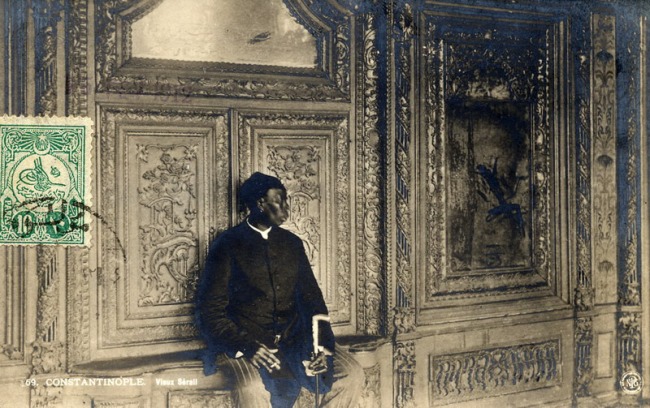
Chief Eunuch of
Ottoman Sultan Abdul Hamid II at the Imperial Palace, 1912.
The fate of the millions of European, Indian, Central Asian and Middle Eastern infidels—reduced to wearing the shackles of Islamic slavery—might not have been much different. Marco Polo (1280s) and Duarte Barbosa (1500s) witnessed large-scale castrations in India; the same was occurring in the reign of Abkar (d. 1605), Jahangir (d. 1628) and Aurangzeb (d. 1707). Castration, therefore, was a common practice in India throughout the Muslim rule. It might have contributed to some extent to the decrease in India’s population from about 200 million in 1000 CE to 170 million in 1500 CE.
For the complete references to the above excerpt, please refer to M. A. Khan’s book:
Islamic Jihad: A Legacy of Imperialism, Forced Conversion and Slavery. A free copy is available online.
REFERENCES
843. Milton, p. 120
844. Naipaul (1998), p. 332
845. Pellat Ch, Lambton AKS and Orhonlu C (1978) Khasi, In The Encyclopaedia of Islam, E J Brill ed., Leiden, Vol. IV, p. 1089
846. Milton, p. 126
847. Segal, p. 52
848. Shaikh A, Islamic Morality,
http://iranpoliticsclub.net/islam/islamicmorality/index.htm
849. Hitti PK (1948) The Arabs : A Short History, Macmillan, London, p. 99
850. Segal, p. 40–41; Hitti (1961), p. 276
851. Moreland, p. 93, note 1
852. Ibid, p. 87–88
853. Palanquins were used for carrying the women, especially the newly married brides, in medieval India.
854. Lal (1994), p. 106–09
855. Elliot & Dawson, Vol. II, p. 127–29
©2013. Secular African Society. All Rights Reserved.
https://secularafrican.wordpress.com/2013/08/20/eunuchs-and-ghilman-in-the-islamic-empire/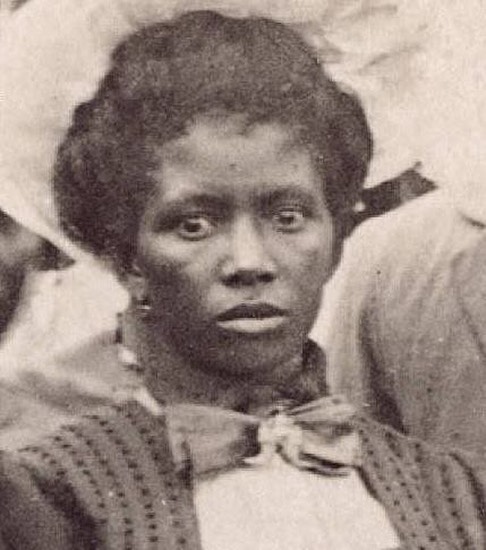


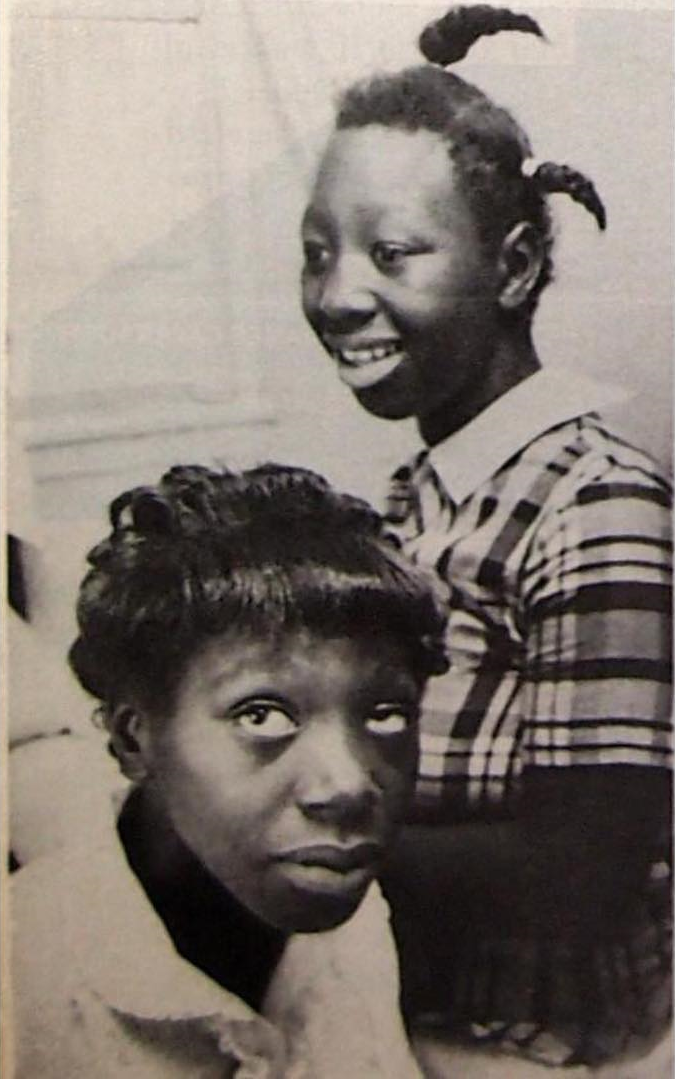
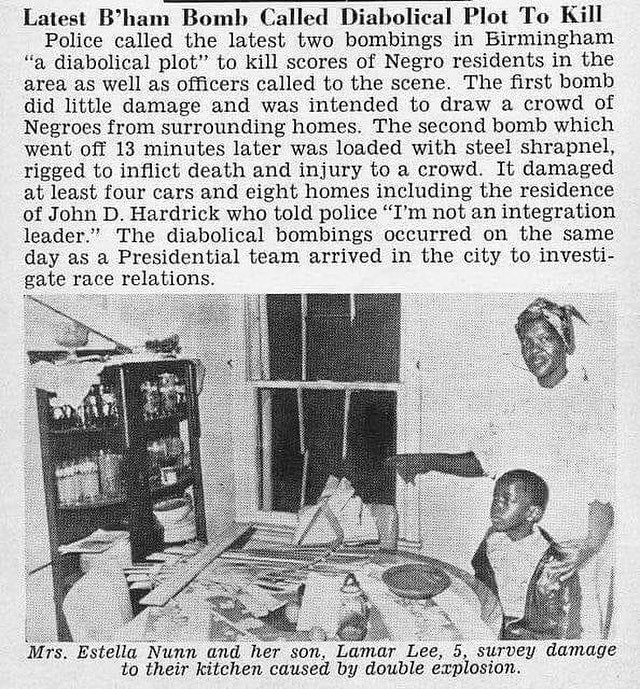
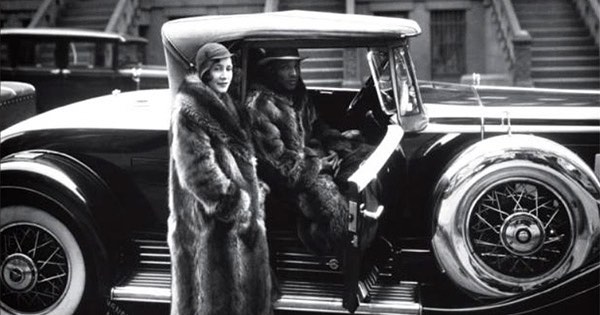
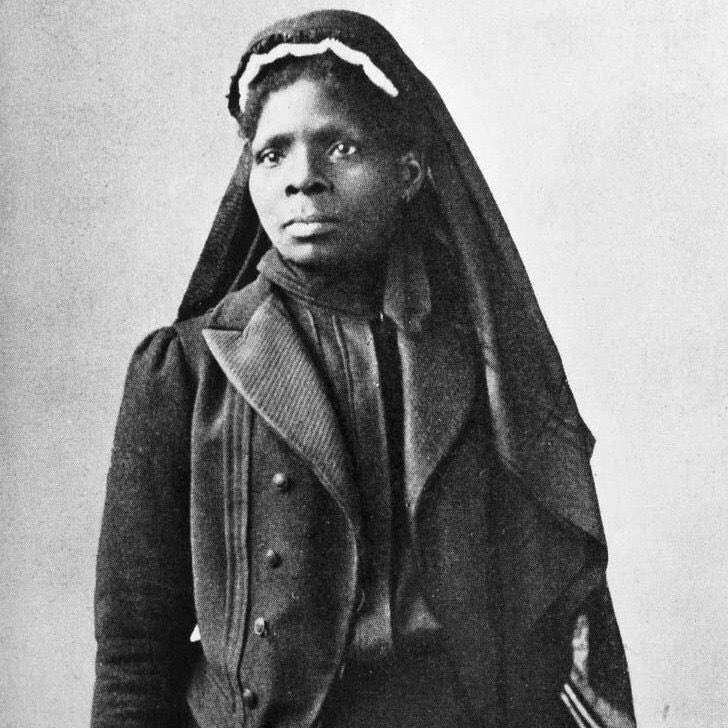
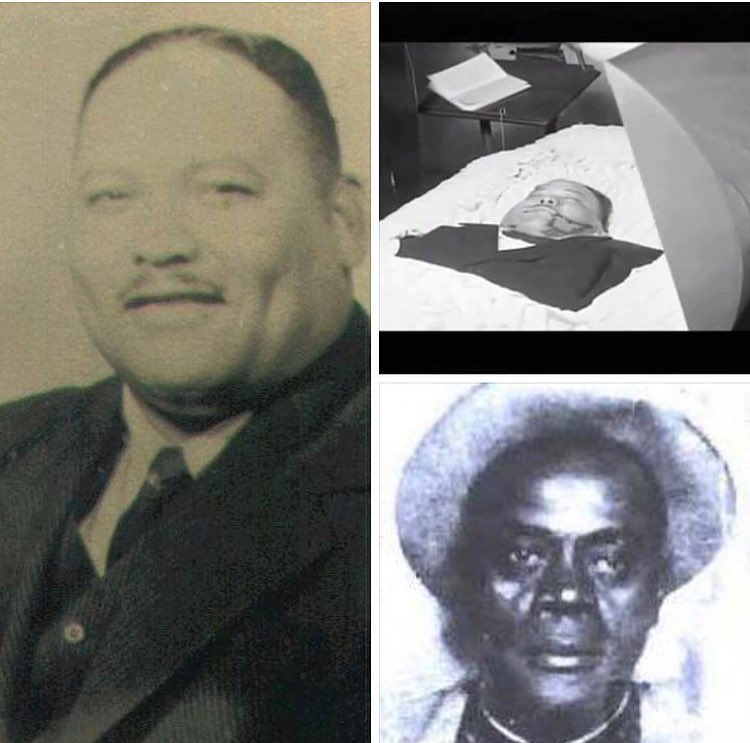

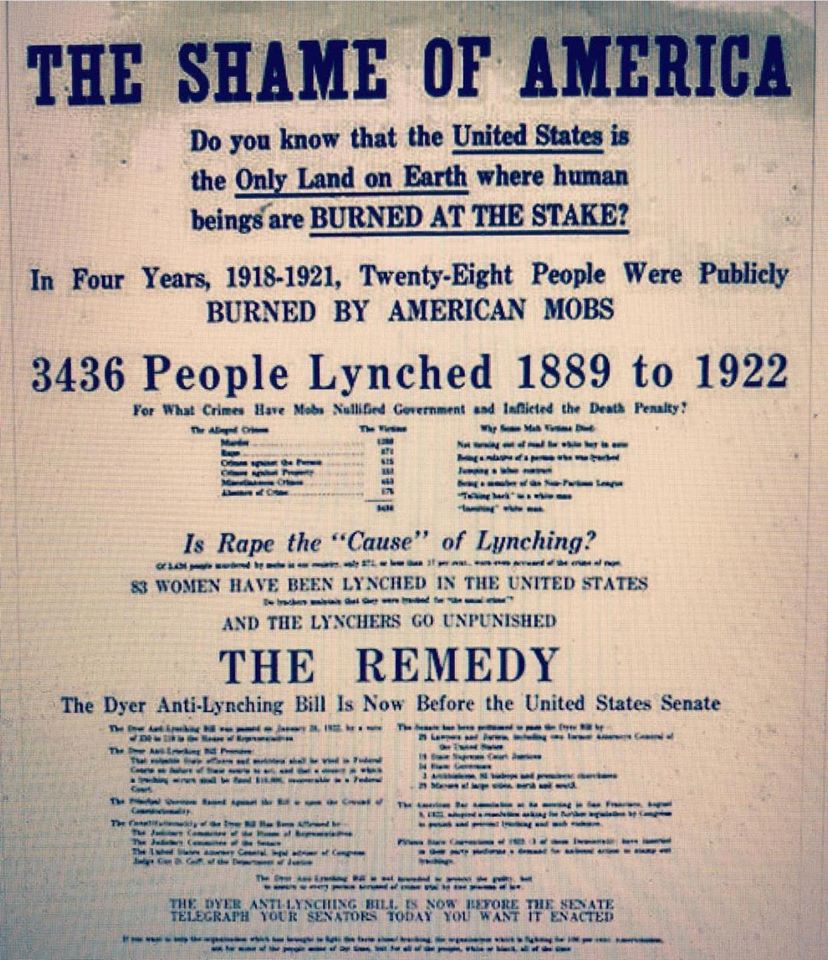
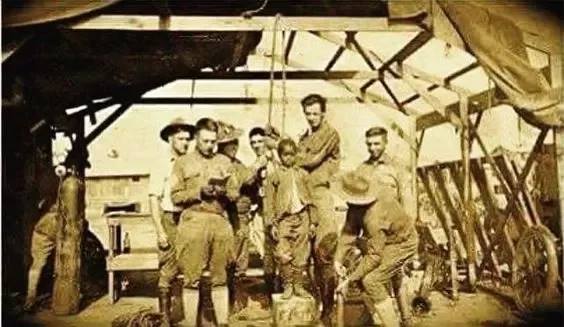
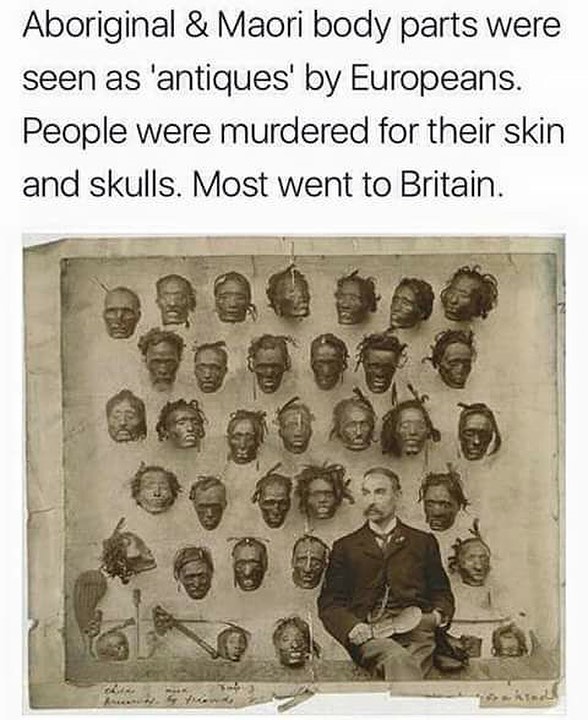
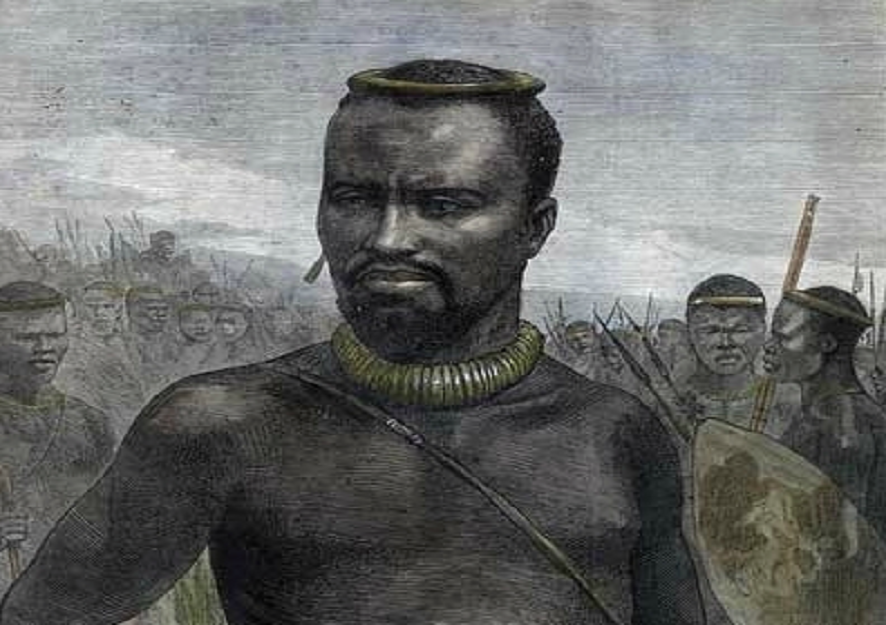
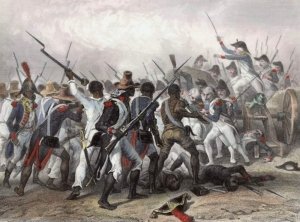
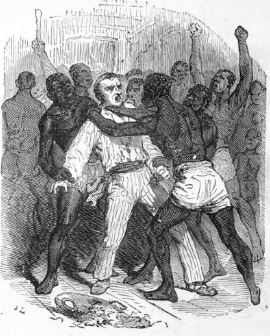

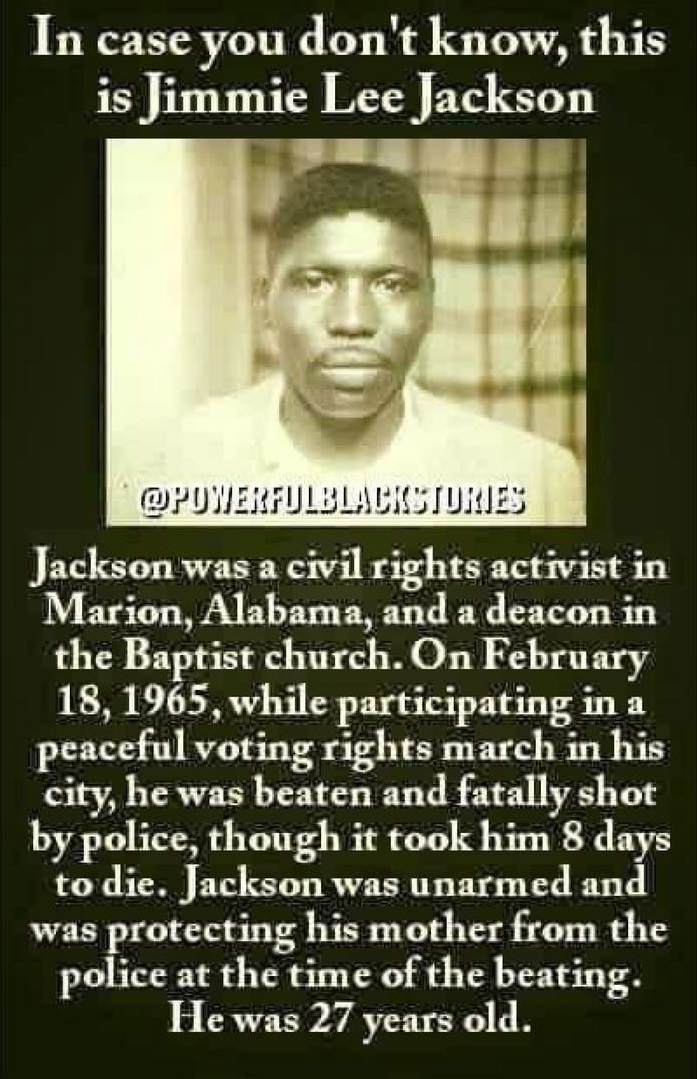


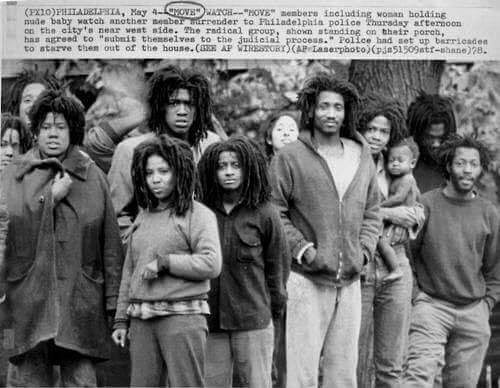
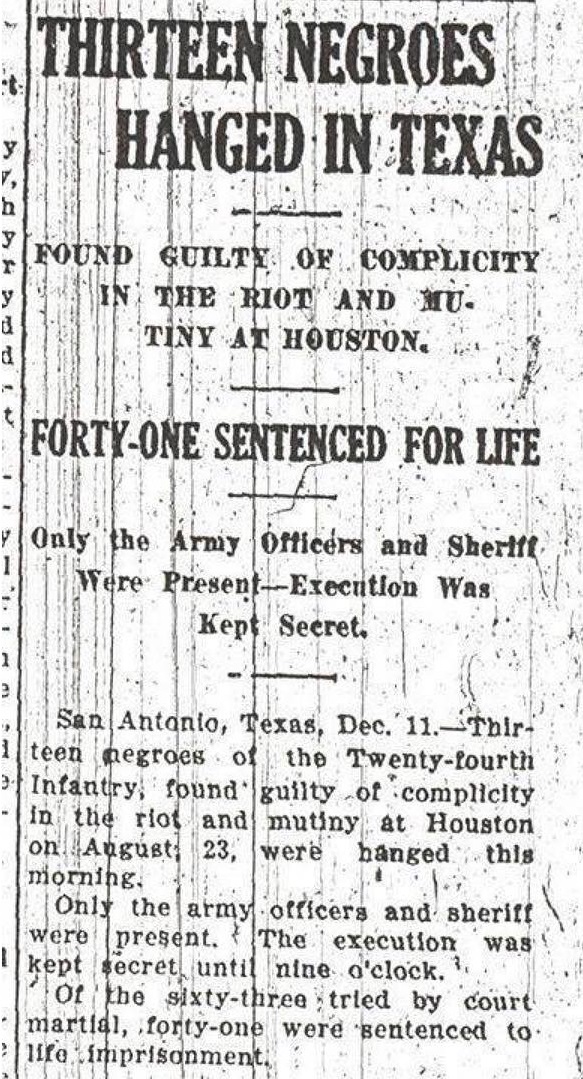
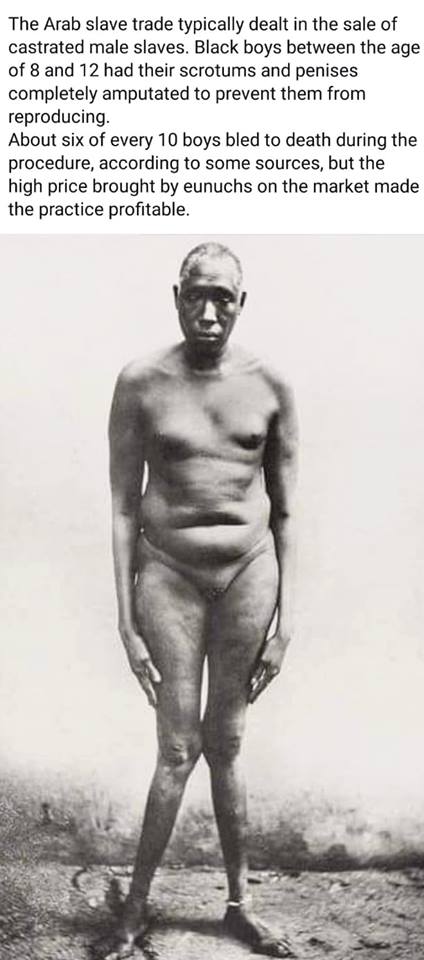

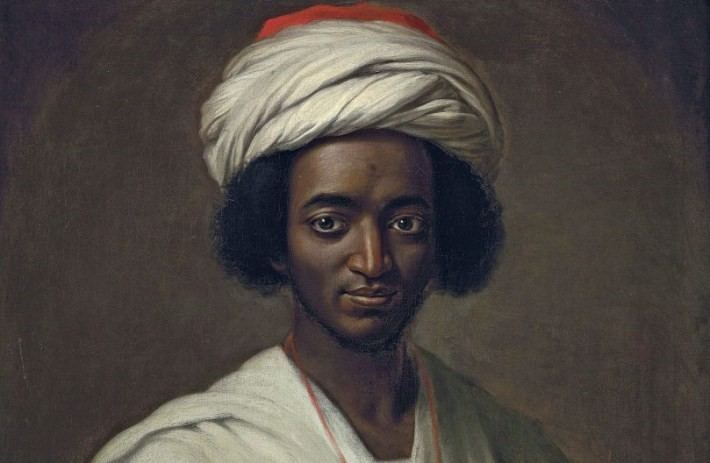
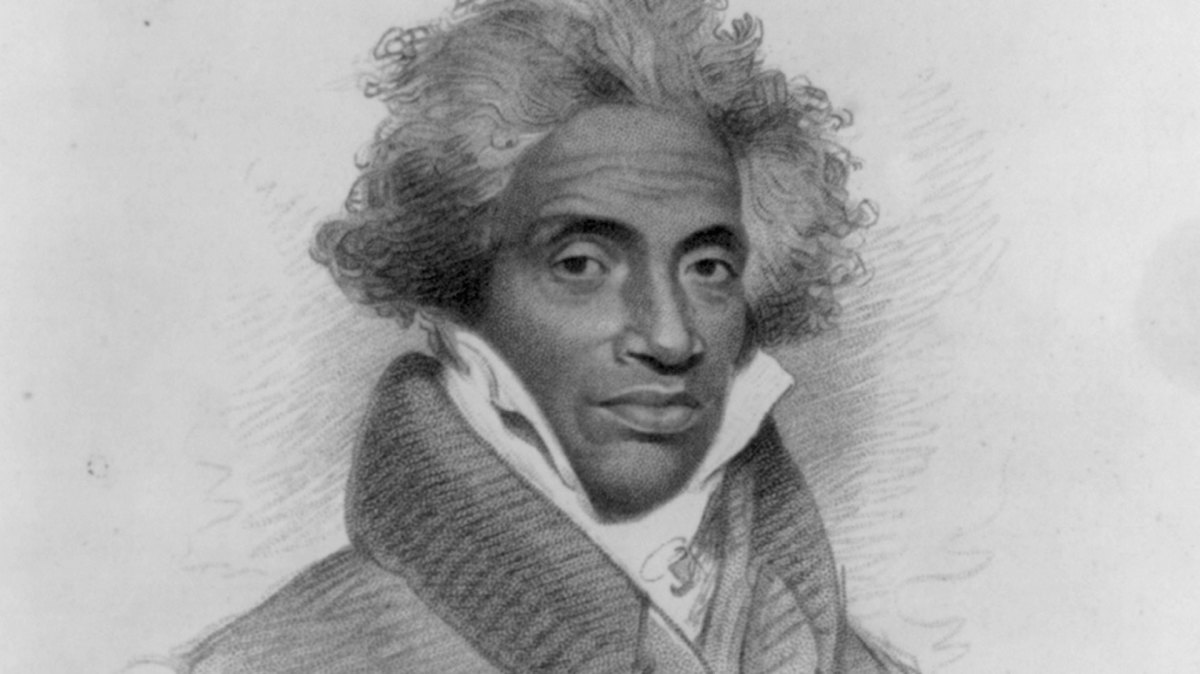





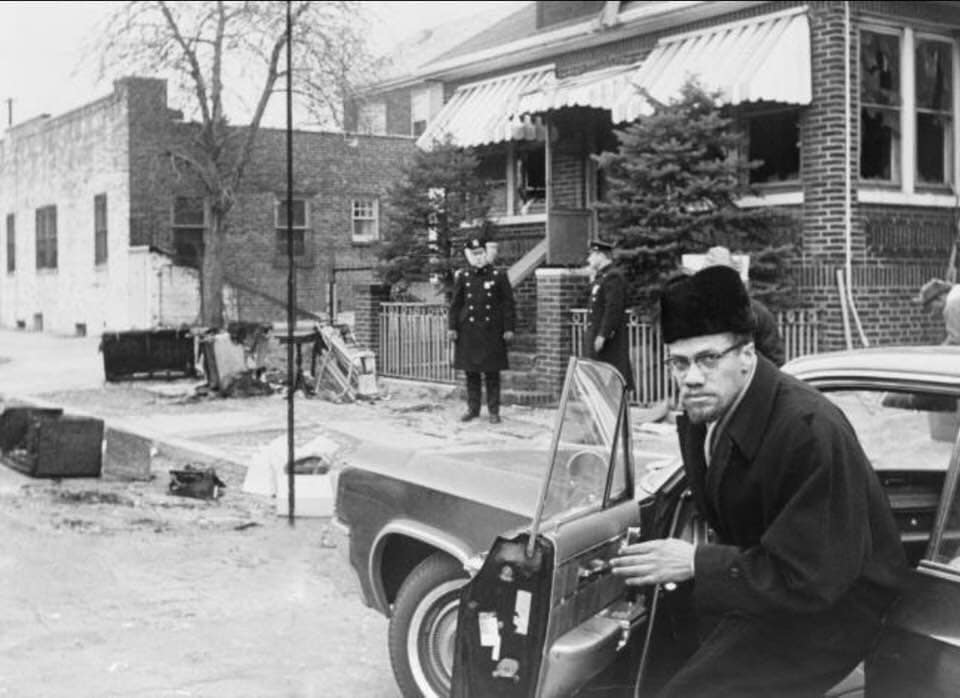
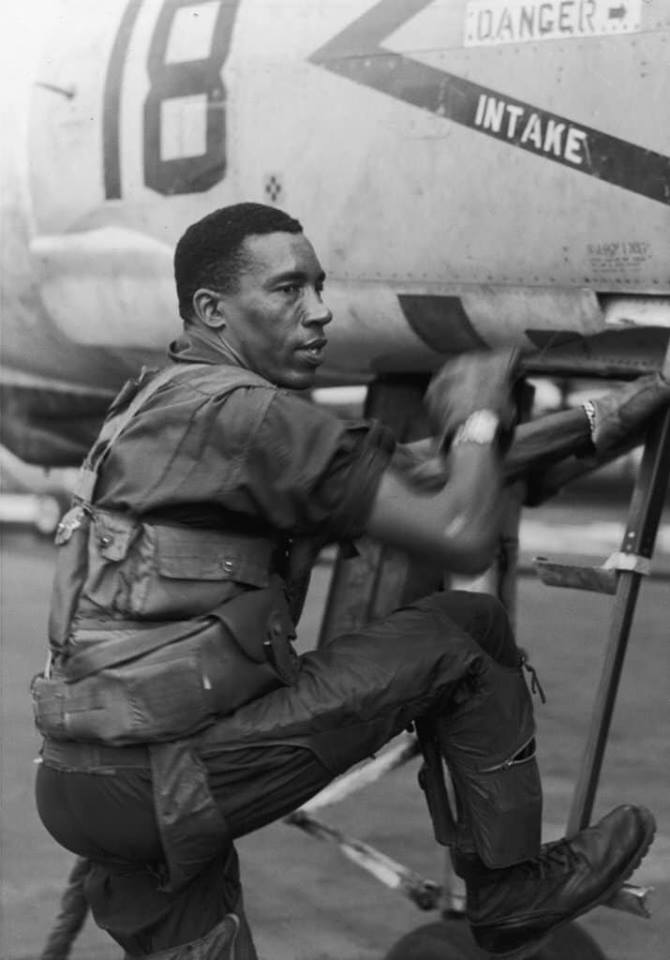

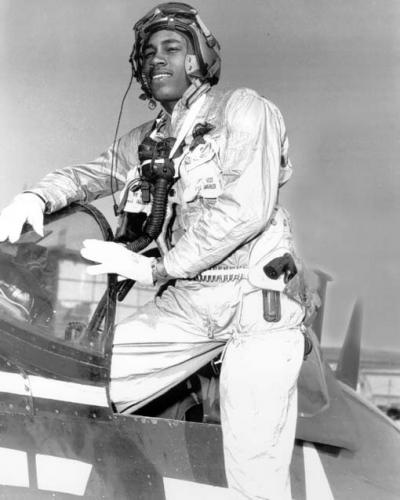
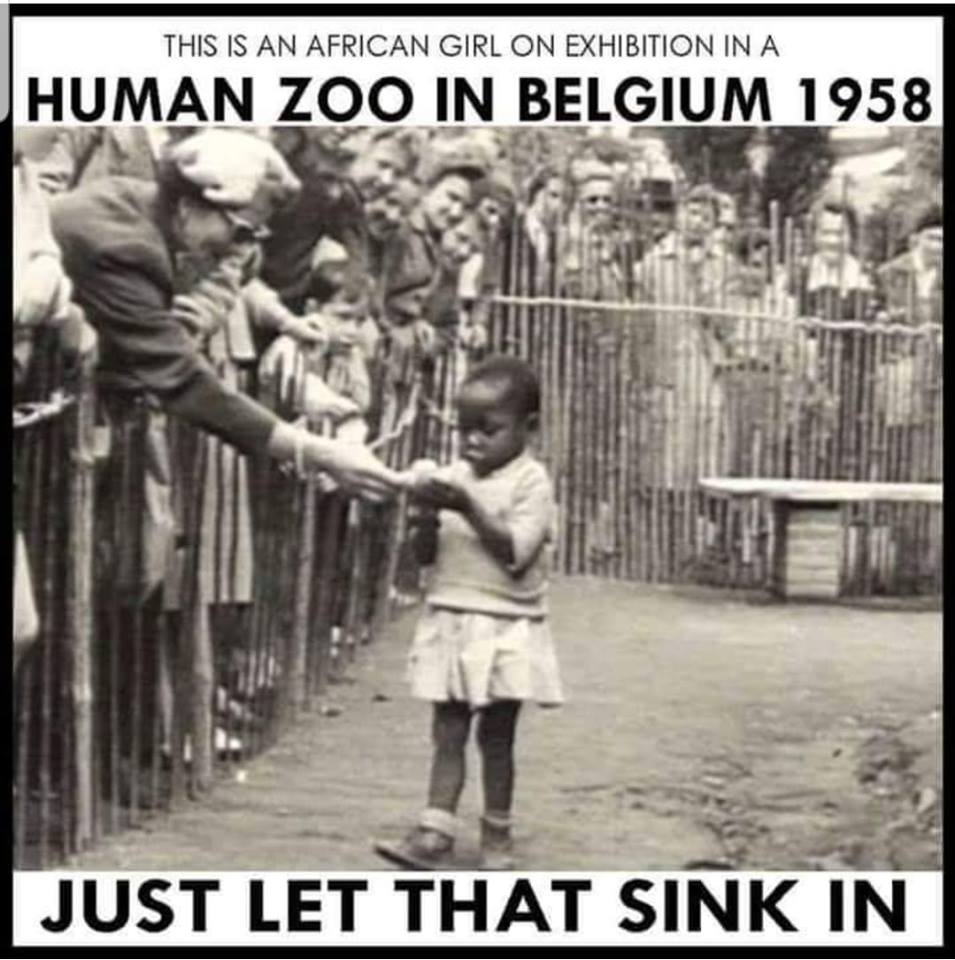
 and infuriating
and infuriating .
.